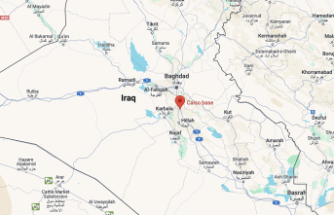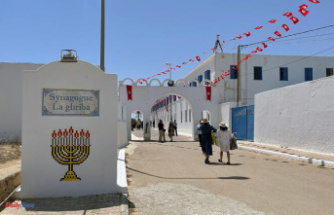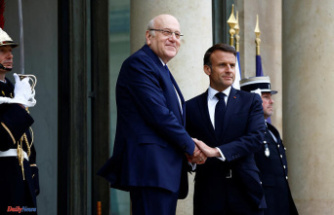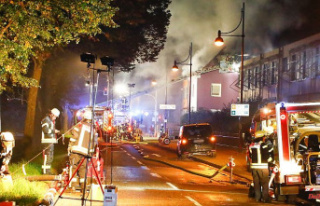The Romans also used social media - in the form of coins. Everything important about the state was immortalized there in pictures and text. If there were any changes, the coins were collected back up and parts of them were photoshopped away - er, scraped away.
Tübingen (dpa/lsw) - Roman coins were a means of payment in ancient times - but also a mass medium. "You can compare that with what we experience today with social media, of course there was much less imagery back then," said Stefan Krmnicek from the University of Tübingen. Krmnicek heads a project there in the Collaborative Research Center Other Aesthetics. After three years of research on the coins, the results will be presented from Saturday (October 1) in the digital exhibition "In the eye of the beholder. The aesthetics of Roman coins". According to Krmnicek, there are five perspectives on the 59 coins on display that were important in the ancient world: pretty and ugly, portraits, depictions of nature, dynasties, role models.
Coins were the official means of payment of the Roman Empire and thus one of the most important mass products of the pre-modern era. "The ancient state used the images and texts depicted on the coins to communicate news to society. They can rightly be described as the first mass medium of antiquity," said Krmnicek. In their monetary function, they reached the most remote corners of the empire and were thus able to communicate messages from the imperial administration to people who could never have been reached in any other way.
A message on a bronze coin from the time of Roman Emperor Caracalla (AD 211-2017) was: I am the Sole Ruler. Caracalla and his brother Geta first assumed power together in 211 AD. The merciless competition between the two brothers led to Caracalla having his brother Geta murdered a year later. The obverse of the bronze coin, minted in south-western Turkey, initially featured portraits of both brothers. "After the murder of Geta, the local authorities scraped away Geta's image at the behest of the state," says Krmnicek. After the fratricide, the memory of Geta had to be thoroughly destroyed.












